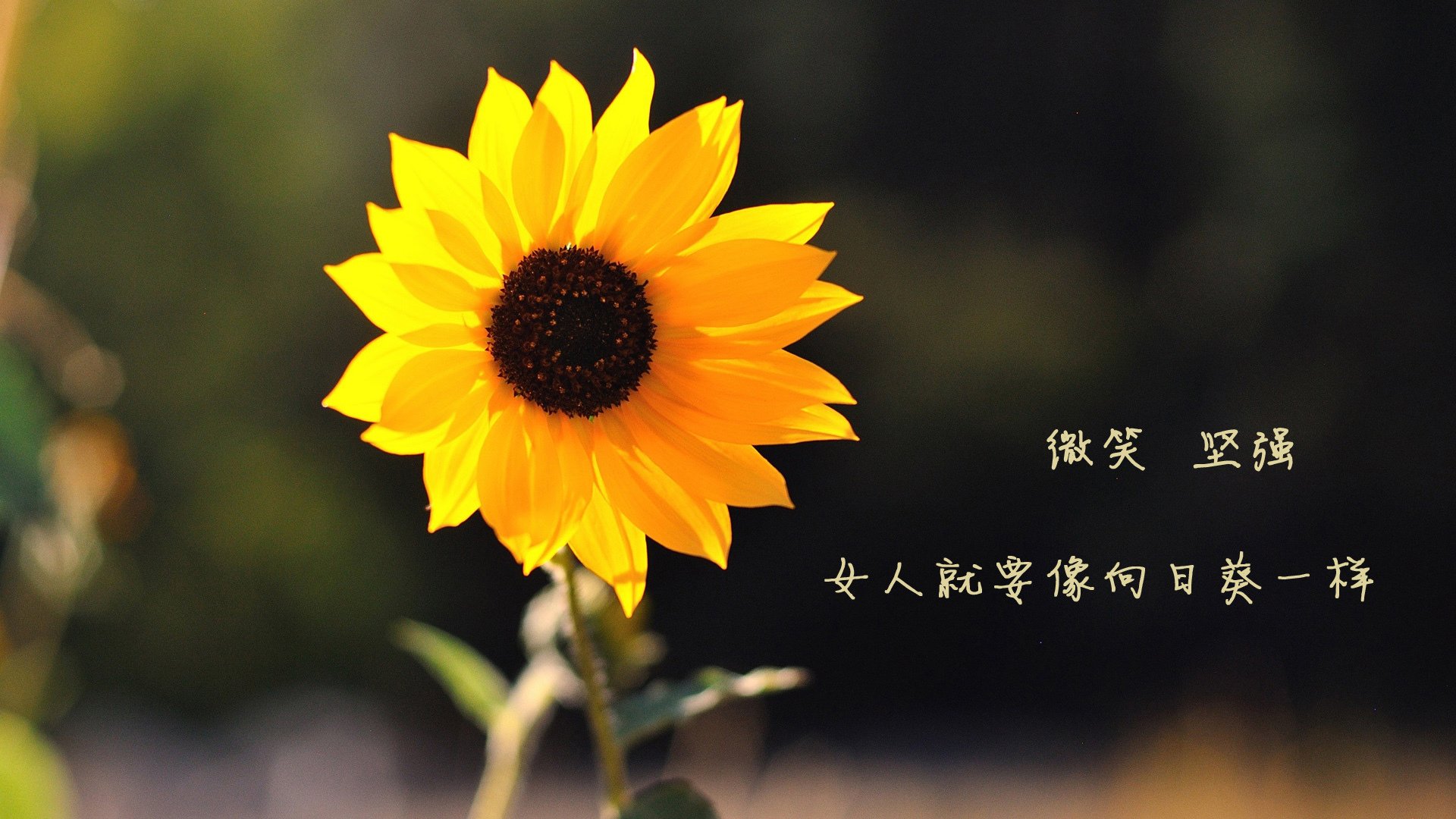Title: Celebrating the Lunar New Year: Traditions and Their English Counterparts
The Lunar New Year, also known as the Spring Festival, is a time of great joy and celebration for many families around the world, especially in East and Southeast Asia. It's a period marked by various customs and practices that are deeply rooted in cultural traditions. Among these, activities such as pasting couplets with auspicious phrases on doors, giving red envelopes filled with money, and setting off fireworks to drive away evil spirits are some of the most prominent. Translating these actions into English provides an insightful look into the rich tapestry of this ancient festival.
-
Pasting Couplets on Doors (贴福字) In Chinese culture, pasting couplets on doors is a significant ritual symbolizing good fortune and warding off bad luck. The phrase "贴福字" literally translates to "pasting the character for 'blessing'". This character is often placed at the top of the couplet, which typically consists of two lines of poetic verse. In English, we might refer to this tradition as "placing blessing couplets on doors" or simply "hanging auspicious couplets."
-
Giving Red Envelopes (发红包) Another cherished custom during the Lunar New Year is the giving of red envelopes, known as "hongbao" or "red packets," containing money. This act is called "发红包," where "发" means to give out and "红包" refers to the red envelope itself. In English, it is commonly referred to as "giving red envelopes" or "distributing red packets," capturing the essence of this practice that symbolizes good fortune and prosperity.
-
Setting Off Fireworks (放烟花) The sound of fireworks heralds the arrival of the New Year in many parts of China and other Asian countries. This tradition, known as "放烟花," involves setting off firecrackers and fireworks to scare away evil spirits and welcome happiness. When translated into English, it becomes "setting off fireworks," a phrase that encapsulates the thrill and excitement associated with this age-old custom.
These three practices, among others, form the backbone of the Lunar New Year celebrations. They serve not only to honor ancient traditions but also to bring families together in a shared experience of joy and hope for the coming year. While the exact words may differ between languages, the underlying spirit and intention behind these customs remain universally understood and cherished. By understanding these traditions in their cultural context and translating them accurately, we can better appreciate the diversity and richness of global cultures.














 京公网安备11000000000001号
京公网安备11000000000001号 苏ICP备10230327号-11
苏ICP备10230327号-11